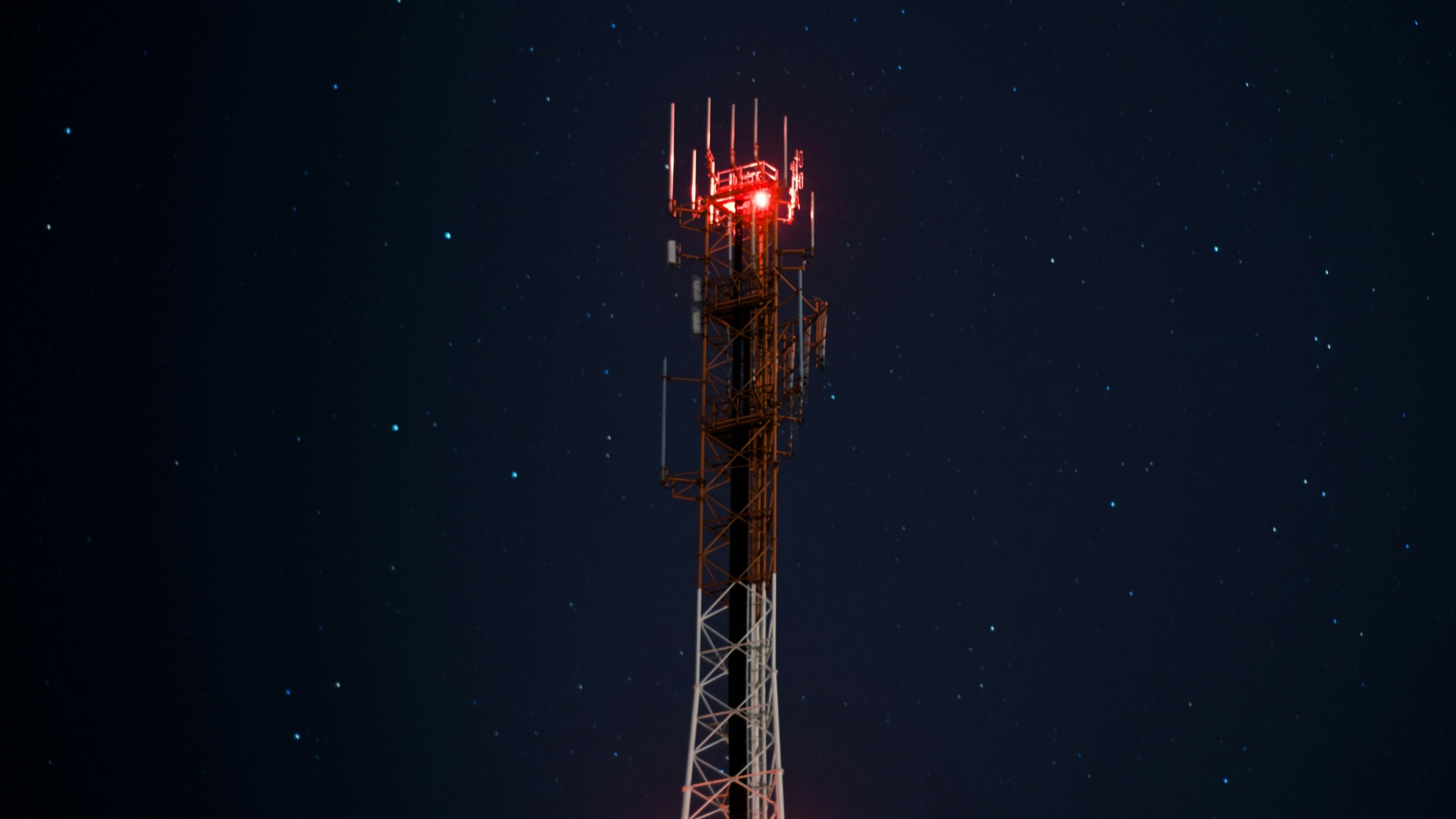Much has been made of loadshedding in South Africa and its negative impact on myriad industries locally.
Telecommunications and connectivity in particular have suffered, with the likes of MTN and Vodacom spending billions of rands in order to safeguard against their respective networks of cell towers going down due to lack of electricity, theft of backup batteries, or generators running out of power as a result of long power blackout periods.
In our own experience, even Stage 2 loadshedding has severely hampered connectivity. We tested a rain 5G router (made by ZTE) in late 2022 to see just how effective the mobile broadband standard was compared to fibre-to-the-home (FTTH), but every time loadshedding hit, the router simply could not connect as desired.
It ultimately meant 5G for the home at that time, was untenable due to Eskom’s blackouts.
It has also meant that investment of smart energy management solutions at cellphone towers has become an important consideration. This is something that Huawei Technologies is acutely aware of and formed part of a discussion we had with Marius Engelbrecht, senior strategy consultant, at MWC 24 recently.
Engelbrecht explained that Huawei already has a lineup of energy management solutions available, and advised that network operators in South Africa and the rest of the African continent need to turn to such technologies in order to keep power on and customers connected.
“The thing that blew my mind, and we showcased this at AfricaCom last year, we [Huawei] have the capability now to software-define a lot of the power requirements. Now we have switches that are software-defined, so I can use the same device, but I can assign a value to that device and manage it,” he explained.
“This has become really important as we evolve towards the towers, because one rack needs to service multiple operators. So the flexibility we’re able to bring is just insane,” he enthused.
Moving forward, as network operators aim to safeguard the power to, and connectivity of, their towers, Huawei Technologies is building energy management solutions with this in mind.
“What we’re looking at now towards the future, I will be able to take a site, and with the analytics and data that we’ve got, we have an understanding of which times are the highest consumptions. From there I can no look at weather conditions, the behaviour of the site over time, and the loadshedding schedule for an area, and plug it all into the model,” Engelbrecht shared.
“The system can then tell that more power needs to go into the batteries for example, because there’s loadshedding, or what the solar-powered backup should be used because of how much sunlight is expected, or that I need to top up my diesel generators in anticipation of a long blackout. I can even use the grid then, as an additional to help boost my battery cycle. All of those types of things, we can now compensate for,” he posited.
The senior strategy consultant was also careful to point out that the company’s energy management solutions are not perfect yet, but can go a long way towards helping network operators invest more wisely in terms of dealing with an unstable power grid, especially within the African context.
“Many of the sites in Africa still have diesel generators, so now you can take your solar, your lithium, your diesel, and you can start implementing a mixed-use environment at sites in combination with smart energy management software,” he advised.
Much like the multi-layered approach that is advocated for in cybersecurity environments, power at network infrastructure should have the same approach, along with an accompanying energy management solution to effectively handle it all.
“The most important thing is that site needs to be on all the time, and in terms of all out telecommunications solutions, this is one of our fastest growing businesses,” Engelbrecht concluded.
We also spoke with Engelbrecht regarding 5.5G commercial testing in SA, and what the likelihood of that happening this year is like. You can read that story here.
[Image – Photo by Joshua Slate on Unsplash]

